There is so much more to the story of Joseph Smith’s first vision than is commonly known
Besides the familiar account included in the Pearl of Great Price, there are three other known accounts by Joseph and five known reports of people who heard him tell his experience. As a historian and as a believer, I’m thrilled that Joseph Smith’s first vision is probably the best documented vision of God in history. But some Latter-day Saints are troubled when they learn that there are several accounts of the story.
Like accounts of the Savior on the Mount of Transfiguration
or instituting the sacrament, or suffering in Gethsemane, or appearing after his resurrection, the accounts of Joseph’s vision are not identical, and that fact is unsettling to some. It wasn’t unsettling to me because I learned it from Professor Backman, who wrote the book on the accounts and was thrilled, as a historian and a believer, to have such a richly documented vision of God to study. His motive was to teach me the vision in a way that was true to the historical facts and sustaining of my faith. But there are other motives out there. Other people present the same facts as Professor Backman taught me, but their motive is to undermine faith.
On its face, the fact of multiple and varied accounts is not a problem
The fact of multiple and varied accounts only upsets faith if the person assumes that multiple or varied accounts of the vision is incompatible with the first vision. In other words, there is nothing inherent in the facts of the matter that ruins faith. Faith in the first vision, or loss of it, depends entirely on what a person decides to do with the facts. Faith in the first vision, or loss of it, is not a matter of knowledge or sincerity. Some people on all sides of this issue are both informed and sincere. Others on all sides are neither. And some on all sides are informed but insincere while others are sincere but not well versed in the facts of the matter. None of those things seem to be the determinant of whether a person has faith in Joseph Smith’s first vision.
The determinant is each individual’s agency
We are not acted upon by knowledge. We act upon knowledge. We exercise our God-given ability to decide for ourselves whether to exercise faith in Him, His Son, and in Joseph Smith as their choice to restore the gospel. I am well-informed about the facts. I have studied the accounts of Joseph’s vision for several years and I find them harmonious and complimentary on the core elements of the story, namely: Joseph craved more light and truth about God and couldn’t find it in the existing churches. He studied the Bible and that inspired him to pray in the woods, where God answered his prayer directly.
Critics counter this claim
by highlighting ways the accounts are inconsistent with each other or with other known facts, and some critics claim that Joseph embellished his experience over time. It comes down to deciding whether to trust Joseph or not, and if you want to make that decision based on a consensus view of Joseph’s reputation, you’ll find that Moroni accurately predicted that Joseph’s name would be known for good and evil in every place on the planet. You’ll have to choose whether you can trust him. No one else can make that choice for you.
By predisposition, prayer, and lots of study
I have decided to trust Joseph Smith. I have studied all the accounts of his vision carefully and in context. I have published books about the vision with both academic and devotional publishers. My testimony is that Joseph Smith told the truth, and that those who knew him best believed him most.
In celebration of the 2020 bicentennial of Joseph’s vision
President Russell M. Nelson invited Latter-day Saints to study it seriously. I expect there will be many lessons and discussions about it. Some of these will focus on why it matters. I invite you to reconsider the way you might answer that question—why does Joseph Smith’s first vision matter? Many talks and lessons over the years have answered that question by saying that the vision showed that God and Christ were separate beings. That is true, but it’s not what mattered most to Joseph. It’s not what he wrote in his accounts. What was it about his vision that was most important to him?
First, Joseph testified that the Lord forgave his sins.
“at about the age of twelve years my mind became seriously imprest [p. 1] with regard to the all importent concerns for the wellfare of my immortal Soul which led me to searching the scriptures . . . thus from the age of twelve years to fifteen I pondered many things in my heart concerning the sittuation of the world of mankind the contentions and divi[si]ons the wicke[d]ness and abominations and the darkness which pervaded the of the minds of mankind my mind become excedingly distressed for I become convicted of my sins and . . . . I felt to mourn for my own sins and for the sins of the world . . . . therefore I cried unto the Lord for mercy for there was none else to whom I could go and to obtain mercy and the Lord heard my cry in the wilderness and . . . . a piller of fire light above the brightness of the sun at noon day come down from above and rested upon me and I was filled with the spirit of god and the <Lord> opened the heavens upon me and I saw the Lord and he spake unto me saying Joseph <my son> thy sins are forgiven thee. . . . I am the Lord of glory I was crucifyed for the world that all those who believe on my name may have Eternal life.”
Second, Joseph testified that the vision brought him joy and love
“I called on the Lord in mighty prayer,” he said, “a pillar of fire appeared above my head, it presently rested down up me head, and filled me with Joy unspeakable.” In another account he testified, “my soul was filled with love and for many days I could rejoice with great Joy.”
Third, God is more powerful than the adversary that opposes Him and us
Fourth, we can choose to call upon God in faith in order to be delivered from the enemy of our souls, who is an actual though unseen being. Fifth, when we are perplexed, distressed, and anxious in a confusing world, God invites us to seek and receive the love, wisdom, forgiveness, and healing we need from Him.
God loves us
That’s what Joseph learned in the grove. “I had found the testimony of James to be true,” he said, “that a[nyone] who lacked wisdom might ask of God, and obtain, and not be upbraided.”
What difference does it make if God and Christ are separate
embodied beings if they no longer reveal themselves, if they don’t hear and answer the prayers of anxious teenagers who ask in faith, if they don’t forgive sins or fill us with love and joy? Presbyterians of Joseph’s day believed that God was without body, parts, or passions. Latter-day Saints respond by emphasizing how the vision proves that God and Christ have bodies. But what does it matter if they have bodies unless they also have passions, including redeeming love for us?
Joseph’s accounts testify of a loving, responsive God
and show how we can reach him. They show how an anxious soul can make the courageous choice to exercise faith. Sarah Edwards lived a century before Joseph. She was married to the great Presbyterian preacher Jonathan Edwards, whose most famous sermon explained God’s mercy by emphasizing how abhorrent we are to God, so the fact that he is temporarily sparing us from the pains of the well-deserved hell we will most likely inhabit real soon is evidence of his mercy.
Sarah secretly preferred a different God
She had a deep desire to “call God my Father” and wondered whether she really could. She sought him in private prayer and felt
“the presence of God was so near, and so real, that I seemed scarcely conscious of any thing else. God the Father, and the Lord Jesus Christ, seemed as distinct persons, both manifesting their inconceivable loveliness, and mildness, and gentleness, and their great . . .love to me.”
Sarah struggled to communicate, as Joseph would a century later, “the peace and happiness, which I hereupon felt.” It “was altogether inexpressible.”
Sarah Edwards was typical of many people then and now
Terryl Givens explained, “Long before Joseph Smith offered his first prayer, thousands and millions of people must have yearned, as Sarah did, for the assurance that God was not the severe, distant, impersonal deity of Jonathan Edwards, but the kind, loving, and very personal God that Joseph found in the Sacred Grove.”
That is why Joseph’s first vision is so vitally important
It is the answer to all our prayers, our hopes for God’s acceptance, love, and forgiveness. It is the archetype for seekers everywhere. It reveals the antidote to our fears and anxieties and dilemmas. When Joseph entered the grove, it seemed to his teenage soul as if he were one of very few who could not feel God’s love and forgiveness. Then God filled him with love. Experiencing that love is the reason to choose to exercise faith in the God who revealed himself to Joseph Smith. The Father and the Son who appeared to Joseph are so loving and lovable. They respond to anxious teenagers, forgive their sins, and fill them with love that helps them cope with their fears and frustrations and causes them to rejoice with great joy.
In answer to his simple, faithful prayer
Joseph Smith saw our Heavenly Father and His Son Jesus Christ in the woods. After anxiety, perplexity, distress, and guilt, he felt their love, received their forgiveness, and experienced unspeakable joy, and so can you.

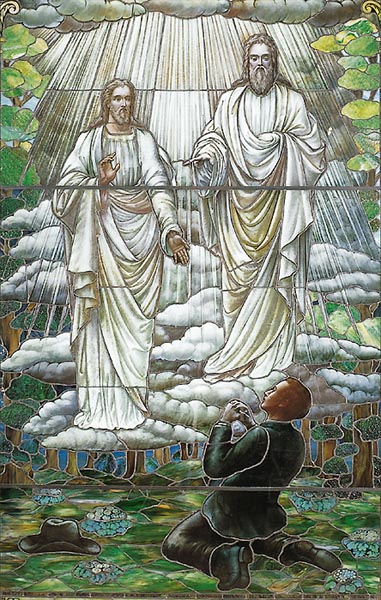
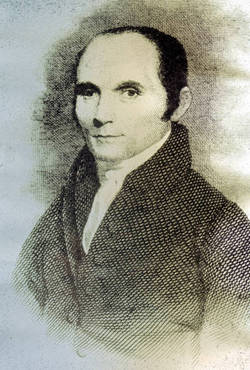
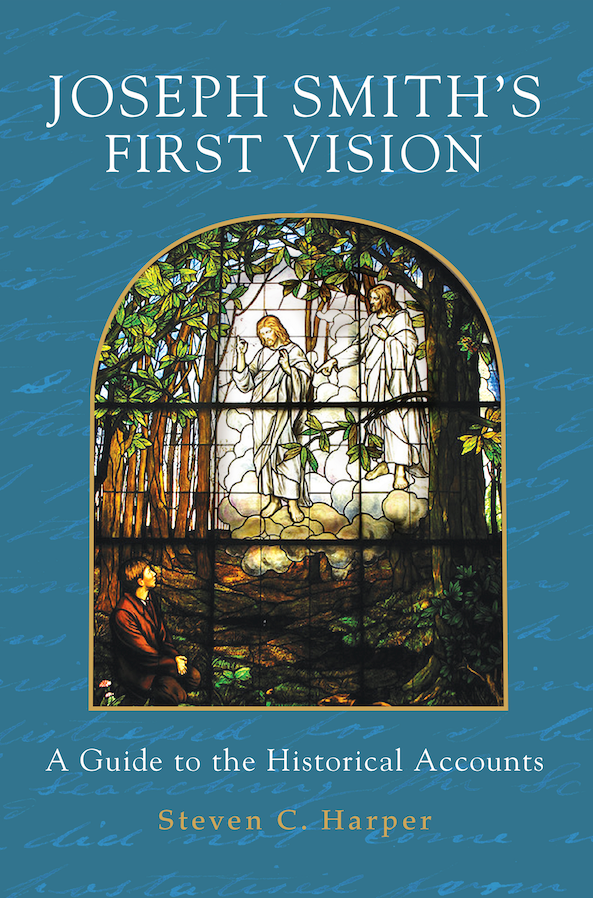
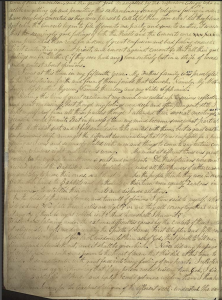

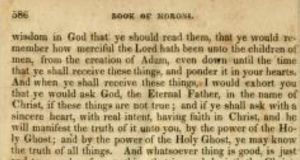
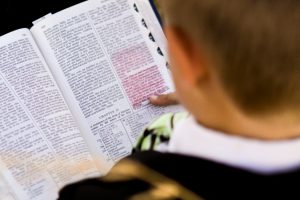
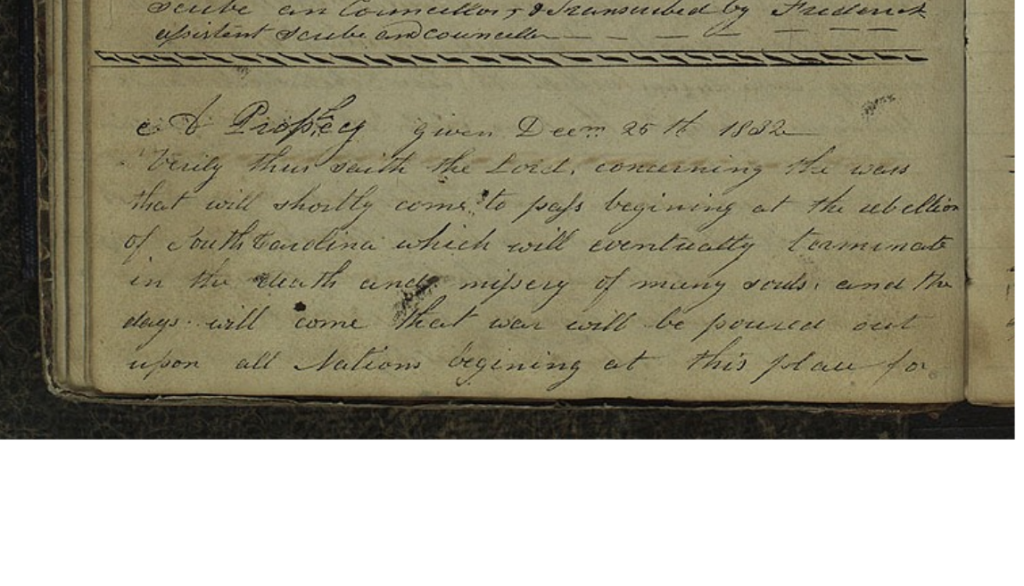
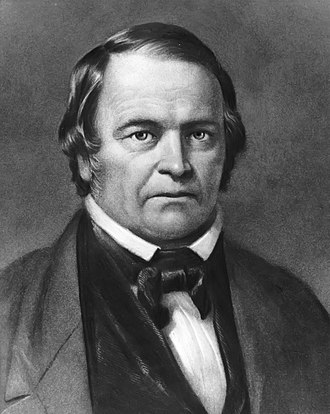
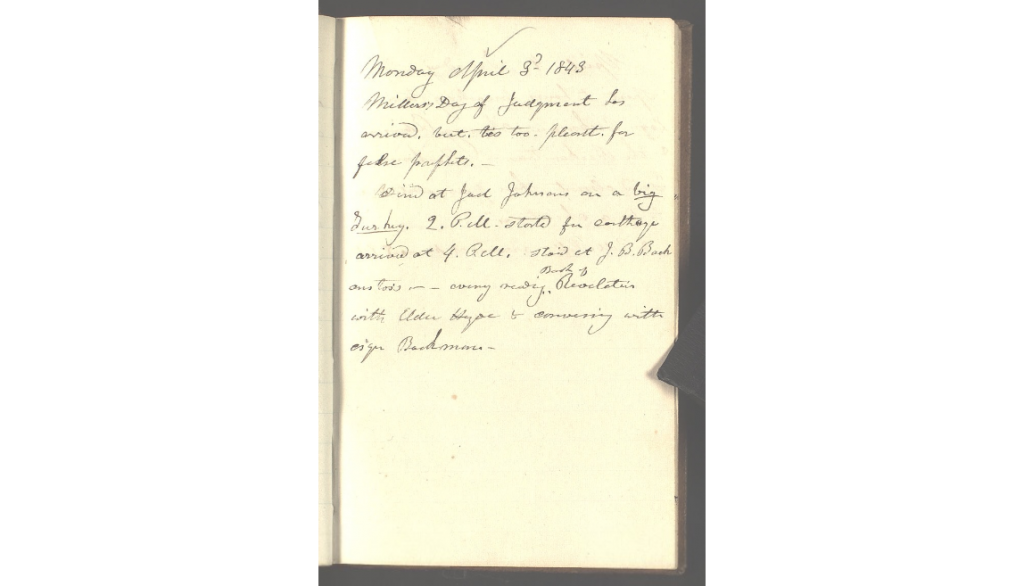
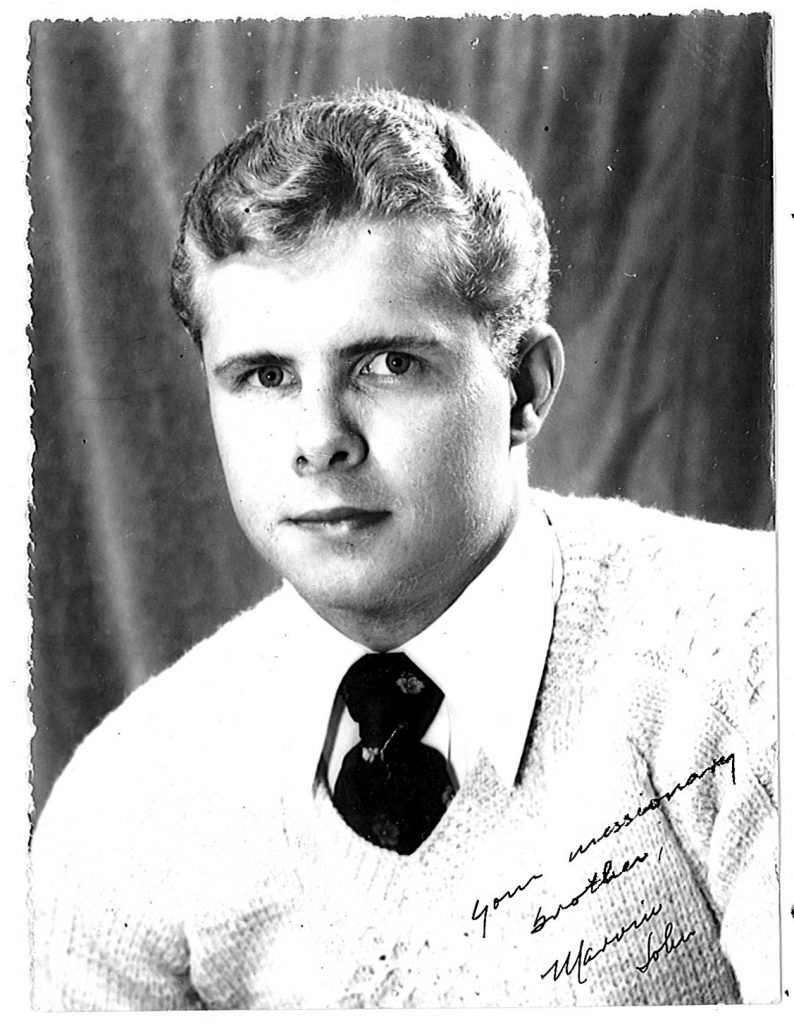
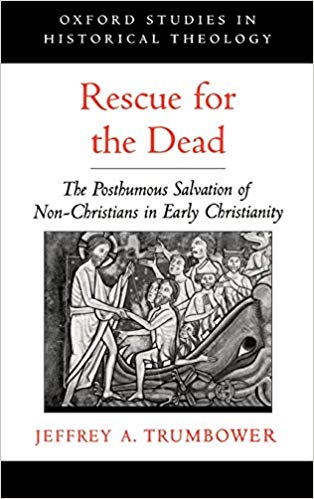
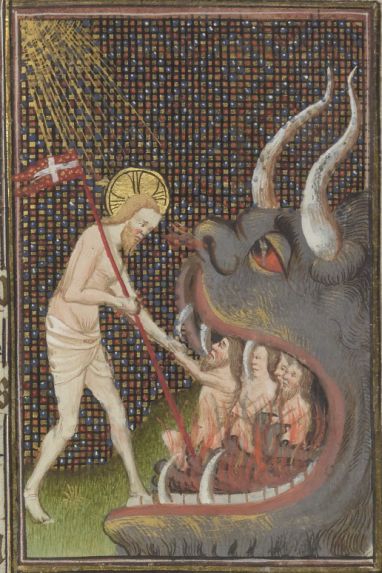
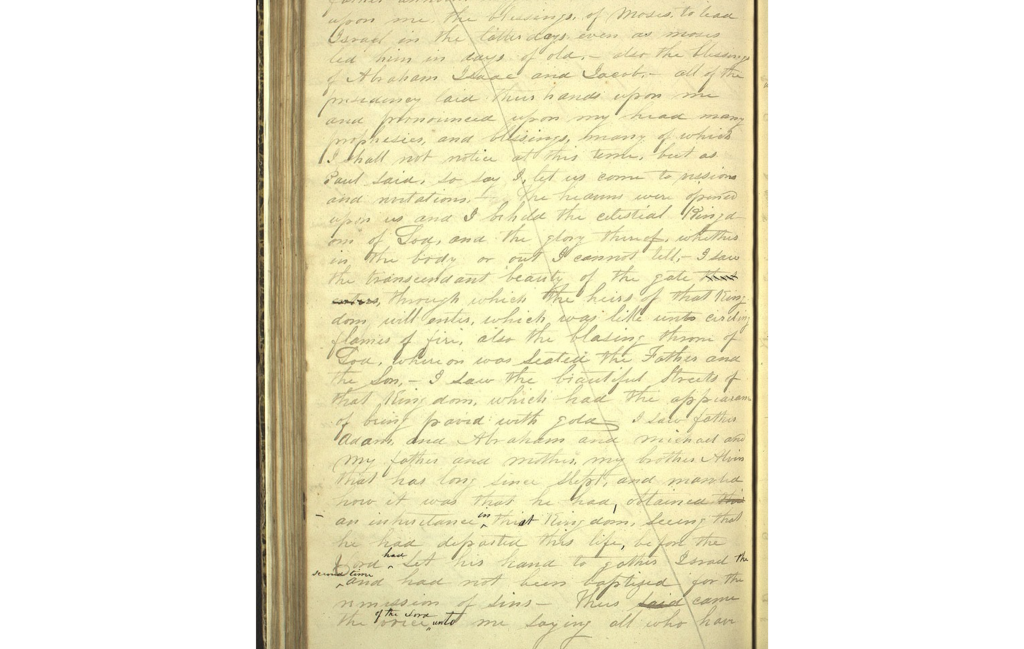
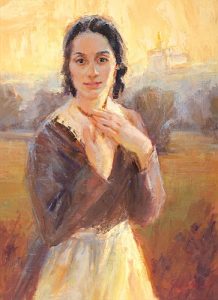
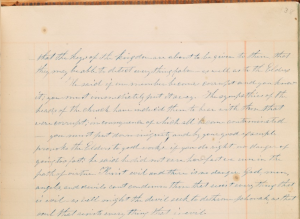
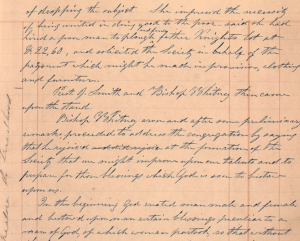
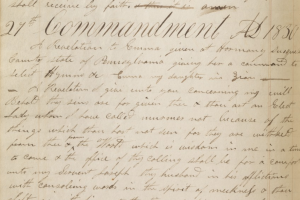
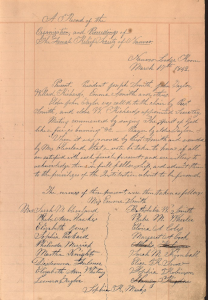
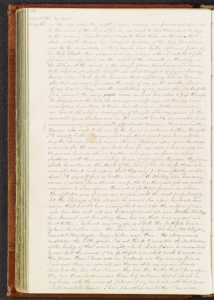
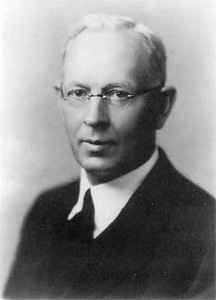
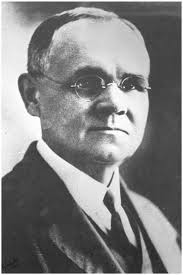
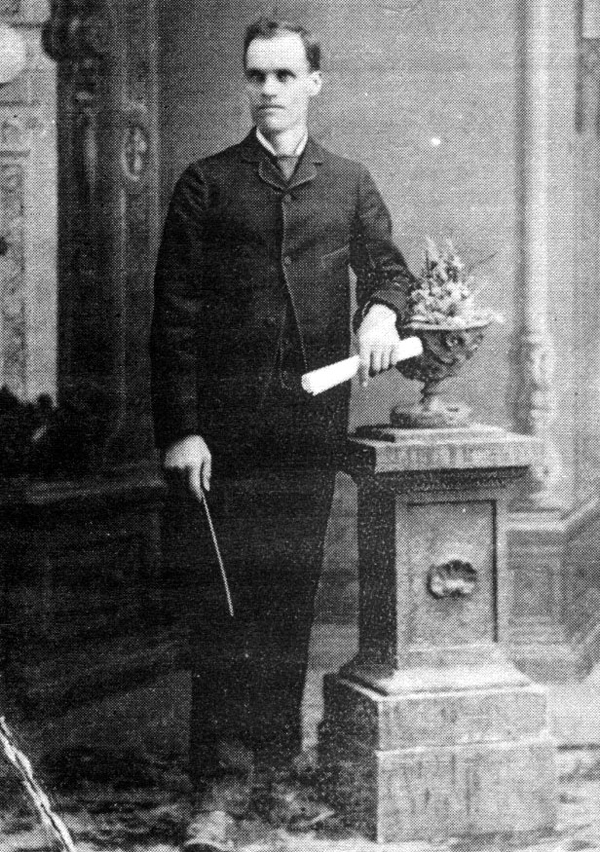
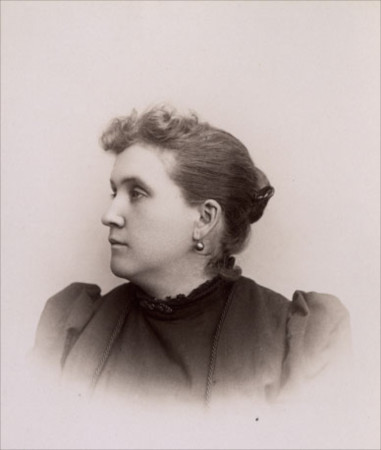
 Whiskey, whiskey, whiskey
Whiskey, whiskey, whiskey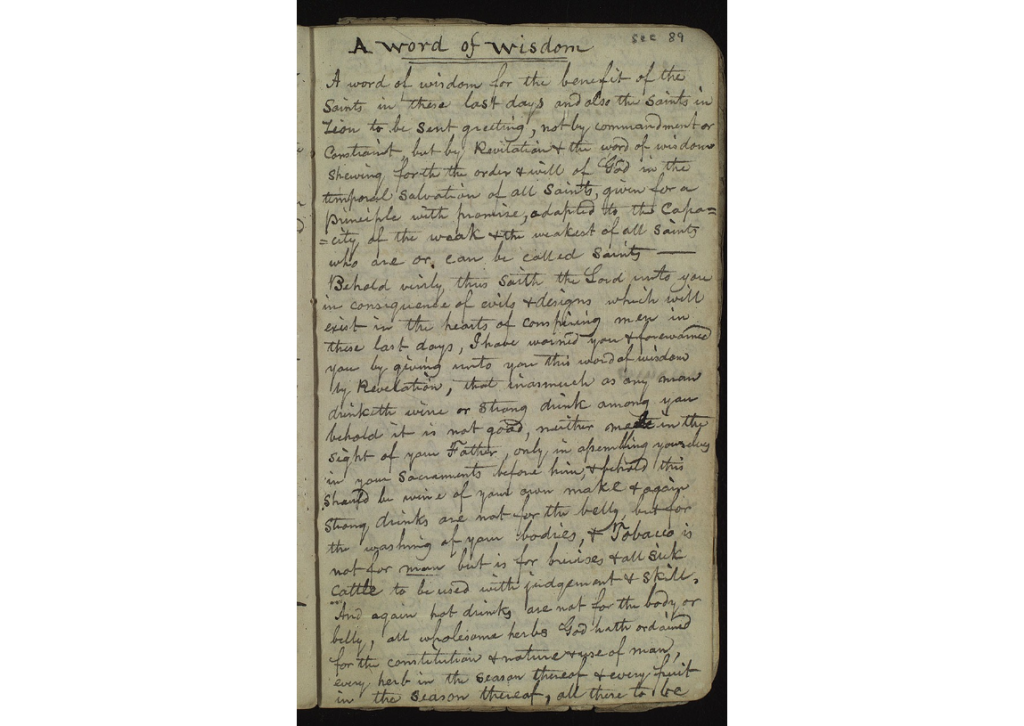

 Joseph might find it odd but not unexpected that critics devour the evidence he left us that once in a while he had a beer or drank a glass of homemade wine or enjoyed sacramental wine, or that he was tempted by whiskey, or that he drank some while he was unjustly imprisoned in a depressing dungeon. He might be puzzled that some people have focused inordinate attention on prosecuting him while overlooking the prophetic Word of Wisdom he produced. “I never told you I was perfect,” Joseph said, “but there is no error in the revelations which I have taught.” It is not hard to find faults Joseph did not try to hide, but where are the flaws in his revelation known as the Word of Wisdom?
Joseph might find it odd but not unexpected that critics devour the evidence he left us that once in a while he had a beer or drank a glass of homemade wine or enjoyed sacramental wine, or that he was tempted by whiskey, or that he drank some while he was unjustly imprisoned in a depressing dungeon. He might be puzzled that some people have focused inordinate attention on prosecuting him while overlooking the prophetic Word of Wisdom he produced. “I never told you I was perfect,” Joseph said, “but there is no error in the revelations which I have taught.” It is not hard to find faults Joseph did not try to hide, but where are the flaws in his revelation known as the Word of Wisdom?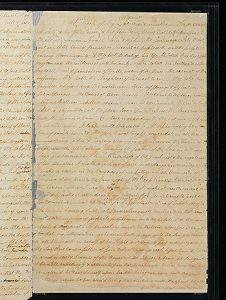
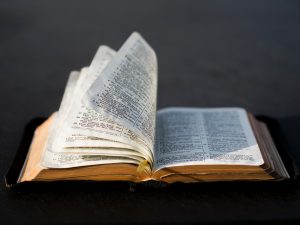 I have shadows of doubts all the time. I just choose to not let doubts define me. I choose faith for that. I choose faith because I am better, happier, and holier when I live by the teachings of the Book of Mormon. I feel the Holy Spirit when I read it and try to do what it teaches me. I feel God’s love when I listen to Nephi explain how easily he was beset by sins, and how he trusted God and felt His love. I feel it when I listen to Enos, Alma, Amulek and others.
I have shadows of doubts all the time. I just choose to not let doubts define me. I choose faith for that. I choose faith because I am better, happier, and holier when I live by the teachings of the Book of Mormon. I feel the Holy Spirit when I read it and try to do what it teaches me. I feel God’s love when I listen to Nephi explain how easily he was beset by sins, and how he trusted God and felt His love. I feel it when I listen to Enos, Alma, Amulek and others.